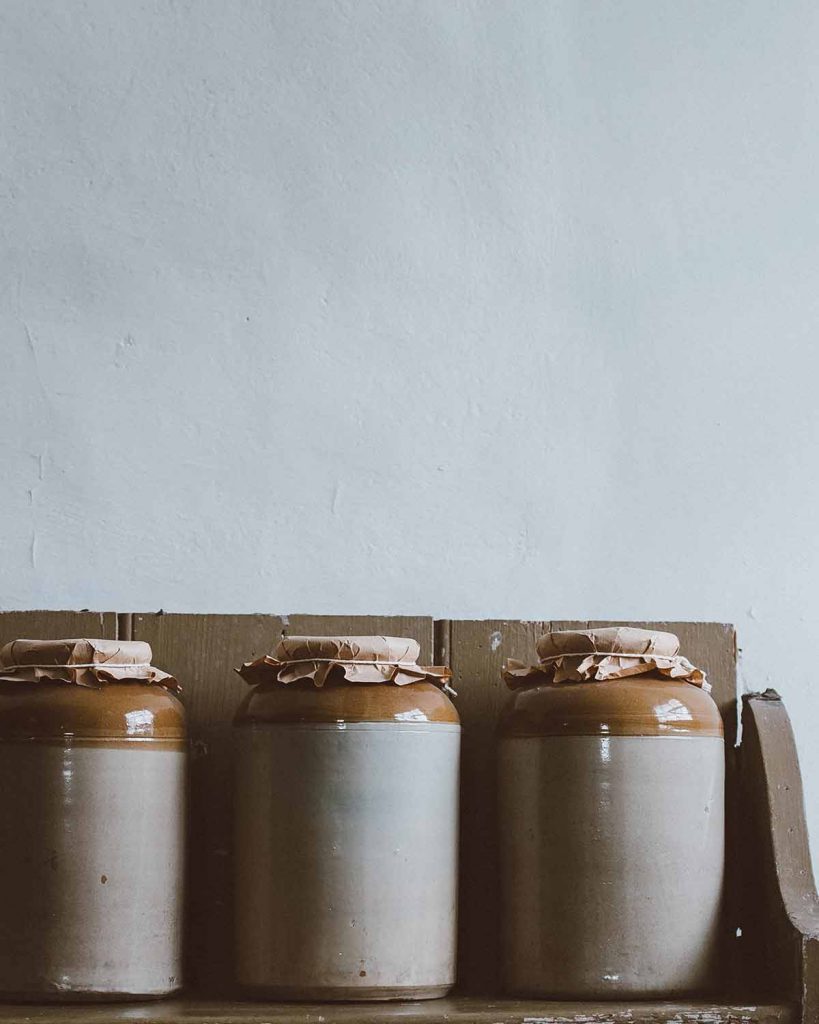Human beings only have one planet, and it’s everyone’s responsibility to help care for it. How can you do so? You might have unwittingly started during the pandemic if you adopted gardening as a hobby. Preserving your own food is one of the most sustainable things you can do.
What are the perks to the planet of growing, canning, and freezing at home? Here are three sustainability benefits of learning how to preserve your own food and five methods to try.

4 Sustainability Benefits of Preserving Your Own Food
The planet will thank you for not letting those leftover veggies in your garden go to waste. Consider the following perks.
1. Fewer Carbon Emissions
Shipping foods to your local grocery store produces considerable carbon emissions. The environmental impact starts on the farm with tractor emissions. Then, semis haul these products over America’s highways. Your store shelves probably contain goods manufactured in other countries, meaning they go to these shores by plane or boat. Food distribution makes up 4% of global carbon emissions each year.
Then, you have to drive to the store and back to retrieve the goods. Growing and preserving your food at home cuts out tons of waste.
2. Less Packaging Waste
Foods at your grocery store often come wrapped in plastic. While manufacturers originally designed such packaging to protect public health, it creates an environmental nightmare. Marine plastic pollution has affected 100% of the world’s sea turtles and nearly 60% of whales. Millions of seabirds and marine mammals perish from consuming it each year.
France recently banned plastic wraps on fruits and vegetables, but no such rule exists in the U.S. However, you don’t need a scrap of plastic to eat food you cultivate in your garden.
3. Fewer Chemicals in the Soil
Unless you buy organic, tons of pesticides and chemicals might have gone into your food production. These substances can harm human health and contaminate the soil for future generations.
However, you know the foods you preserve from your garden contain no harmful chemicals. You can feel good about what you feed yourself and your loved ones.
Methods of Preserving Your Own Food
Preserving your own food offers multiple sustainability benefits. Your chosen method is only limited by the crops you grow and the dishes you enjoy the most.
1. Freezing
Freezing has existed since prehistoric days. Primitive humans would dig ground pits in the permafrost to preserve meat and vegetables to survive the winter.
Today, you can keep even fresh fruit in the freezer for up to a year. For example, blanching peaches and coating them with a simple syrup means you can whip out a bag and make a cobbler in January.
2. Canning
Canning preserves food through two methods. It heats them to a temperature that destroys the microorganisms that cause food to spoil. It also inactivates enzymes that produce decay.
Pressure canning is the only reliably safe method for low-acid foods — those with a pH of less than 4.6. Boiling water and atmospheric steam methods work for foods like fruits and preserves.
3. Drying/Dehydration
Dried meats, fruits, and vegetables can last for up to a year, although they won’t be as nutrient-rich the longer they get from harvest. Nevertheless, they provide necessary calories and phytonutrients to soups and stews.
The higher the temperature, the faster dried foods will spoil. They’ll last longest at 60°F or cooler, deteriorating twice as quickly at 80°F. A quality food dehydrator can make this task a snap.
4. Pickling
Pickling isn’t just for cucumbers. Cultures worldwide use this process to preserve food — and impart interesting new flavors.
You can pickle using a strong vinegar that kills most bacteria. Another method is using salt brine to encourage fermentation — the growth of good bacteria that makes food more resistant to spoilage. Kimchi is an example of the latter type.
5. Vacuum Sealing
Finally, vacuum sealing offers a final method of food preservation. It’s ideal for foods you want to keep in the fridge for a few extra days, although you can also use it when freezing. Best of all, you don’t have to invest in a special device. You can use a pot of boiling water and a plastic bag to accomplish the feat.
Sustainability Benefits of Preserving Your Own Food and How to Do So
The planet needs everyone’s help to survive. Preserving your own food cuts considerable emissions and plastic pollution. It’s well worth the effort to master the five methods above for making your garden’s bounty last all winter long.
Photography by Annie Spratt




